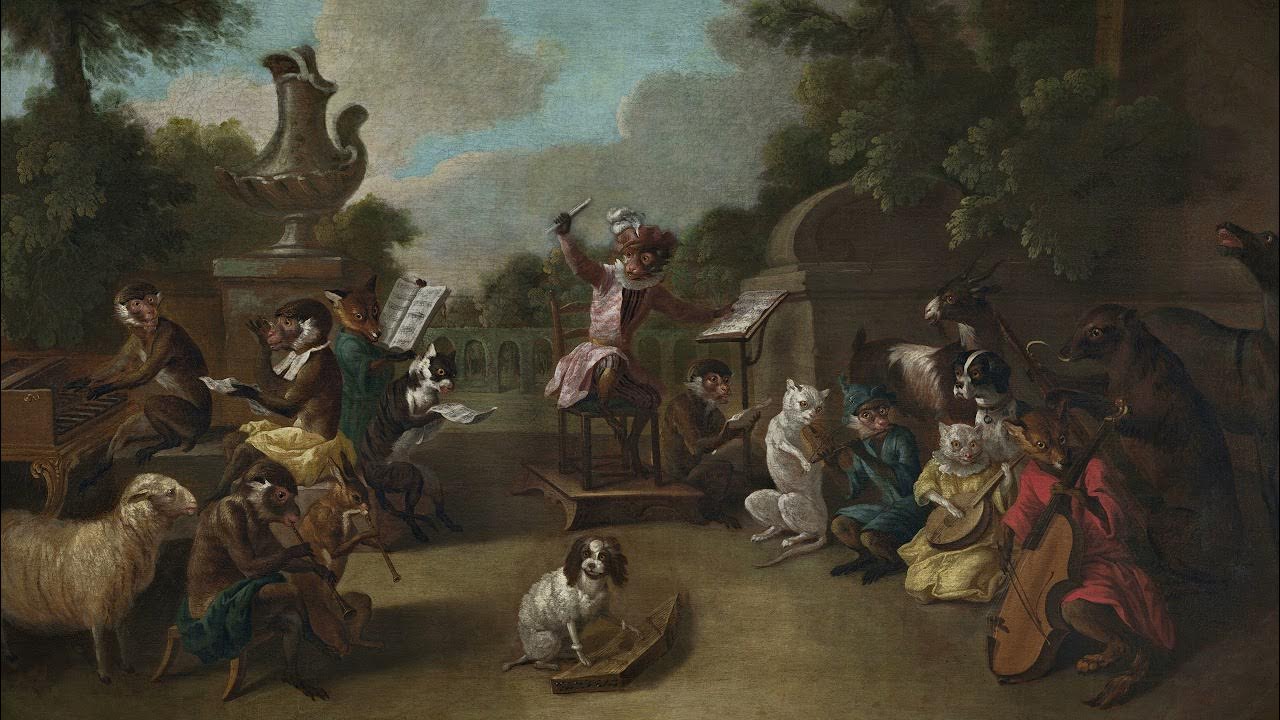Angelo Ragazzi (1680–1750) was an Italian Baroque composer and violinist whose works, while not as widely recognized as some of his contemporaries, display remarkable artistry and technical skill. His compositions are reflective of the late Baroque period, characterized by intricate counterpoint, expressive melodies, and a deep understanding of instrumental capabilities. Below is a list of ten of his most noteworthy compositions that showcase his talent and contribution to Baroque music.
- Sonata in D Major for Violin and Basso Continuo
This sonata is one of Ragazzi’s most celebrated works. It exemplifies his mastery of the violin, with its lyrical melodies and complex ornamentation, making it a favorite among Baroque violinists. - Concerto Grosso in G Minor
A fine example of the Italian concerto grosso form, this piece features a dialogue between the concertino (a group of solo instruments) and the ripieno (the full ensemble). Ragazzi’s use of dynamic contrasts and harmonic exploration makes this concerto a standout. - Missa Solemnis in C Major
Ragazzi’s religious compositions are notable for their depth and solemnity. The Missa Solemnis in C Major is a grand work for choir and orchestra, full of intricate choral writing and powerful orchestration. - Trio Sonata in A Minor
This trio sonata for two violins and basso continuo is a delicate and expressive work that highlights Ragazzi’s skill in chamber music composition. The interplay between the two violins is particularly striking. - Concerto for Strings in F Major
A vibrant and energetic piece, this string concerto is a fine example of Ragazzi’s ability to write for larger ensembles. The lively rhythms and bold harmonies make it a popular choice for Baroque string orchestras. - Sinfonia in D Major
This orchestral work is a testament to Ragazzi’s skill in symphonic writing. The Sinfonia in D Major features grandiose themes and rich textures, showcasing the full potential of the Baroque orchestra. - Cantata “L’amoroso pensiero”
Ragazzi’s vocal music, though less known, is equally impressive. This cantata for soprano and continuo is a beautiful example of his ability to write expressive and emotive vocal lines, paired with a sensitive instrumental accompaniment. - Violin Sonata in G Minor
Another masterful violin sonata, this piece is characterized by its intense expressiveness and technical demands. The G Minor tonality adds a dramatic flair, making it a compelling work for performers and audiences alike. - Magnificat in B Flat Major
The Magnificat is a cornerstone of Ragazzi’s sacred music. This setting is particularly notable for its grandeur and the way it balances the vocal and instrumental forces, creating a powerful and uplifting musical experience. - Suite in C Minor for Harpsichord
Ragazzi’s keyboard works are less frequently performed but are nonetheless significant. This suite for harpsichord is a fine example of his skill in writing for the instrument, with its intricate counterpoint and expressive melodies.
These ten compositions highlight Angelo Ragazzi’s versatility and skill as a composer. His works, though not as widely known, are gems of the Baroque repertoire, deserving of more attention and appreciation. Whether through his sonatas, concertos, or sacred music, Ragazzi’s contributions to the Baroque era are significant and enduring.


Comments are closed